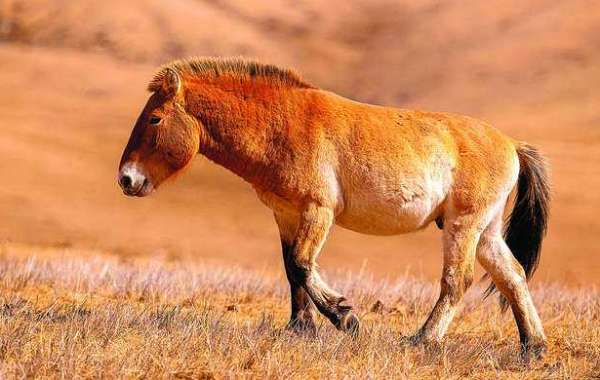click here to join the blue idea network's social media network
The resuscitation of endangered animals has been achieved by the scientific community, thanks to "re-introduction" programs. Species such as the North Carolina red wolf, the Eurasian beaver and Prevalski's horse, although extinct and found only in zoos and shelters, have returned to their natural habitat. Scientists use the method of reproduction in controlled conditions, before releasing the animals into the wild, thus helping to restore affected ecosystems and strengthen the population of endangered species. It is, however, a complex exercise of balance. "The reintroduction of animals that have become extinct in the wild and live only in zoos requires years and multiple phases," Australian National University environmentalist Natasha Robinson told CNN.
"Before an animal is reintroduced, experts need to assess the degree of threat it poses to its new natural environment, the negative effects that its introduction can have on the local environmental balance, and the role it plays in the ecosystem," Robinson said. Sites where a species has become relatively recent have a better chance of hosting these species successfully as a result of a reintroduction program. "The less time that has elapsed, the more likely it is that the ecosystem that hosted this animal will remain relatively unchanged, favoring the release of wildlife into it," Robinson said.
The reintroduction of wildlife can have beneficial effects on the ecosystem, although the speed at which these changes will be recorded depends on the species of animal and how much damage has been done to the local ecosystem. Herbivores can lead to significant environmental improvement relatively quickly. This was found by Australian scientists who organized the reintroduction of the almost extinct small marsupial bandit, which looks like a guinea pig and is endemic to Australia and New Guinea. This small rodent digs in the ground and collects dry leaves to build its ornate underground nest. This habit helps to clean the soil from flammable materials, reducing the risk of fires. At the same time, the activity of the bandit renews the soil by stirring the soil and favoring the germination of seeds.
2020 research has shown that the re-introduction of endangered animals is one of the most effective ways to rescue endangered species. Without such programs, species such as Prewalski's horse and Guam quail would not exist in virgin nature today. The study estimates that between 1993 and 2020, more than 48 species of birds and mammals survived certain extinction and that the rate of species extinction would have been three times higher during this period without these interventions.
click here to join the blue idea network's social media network












